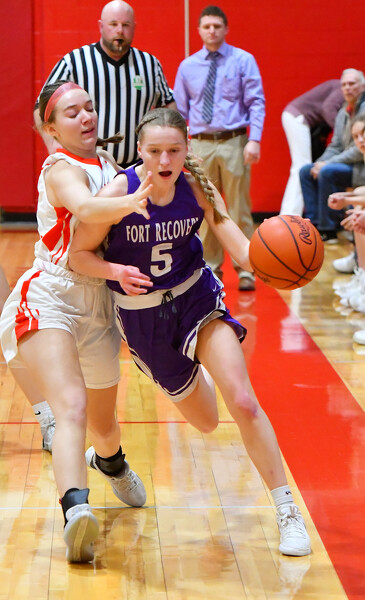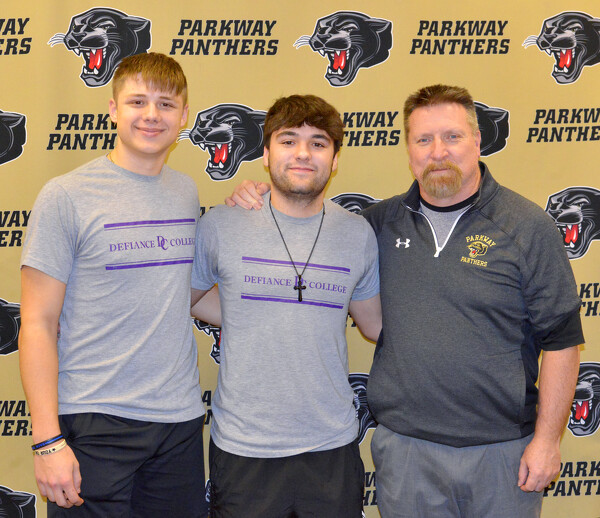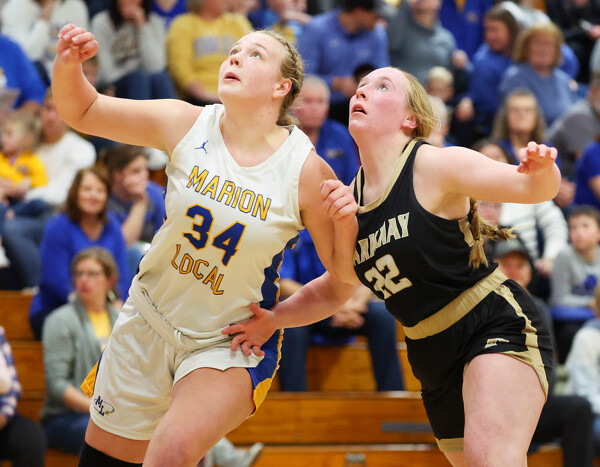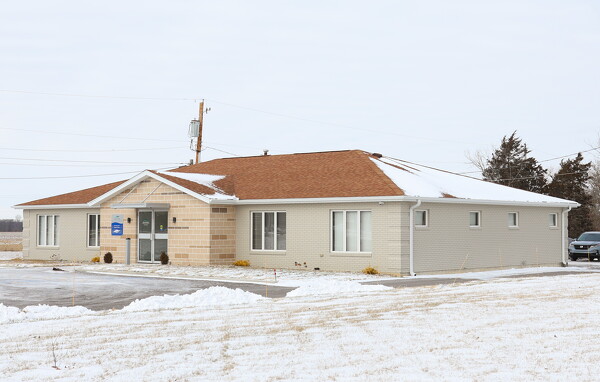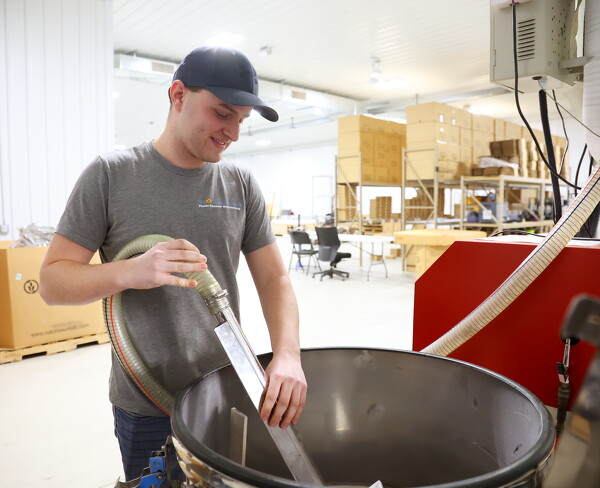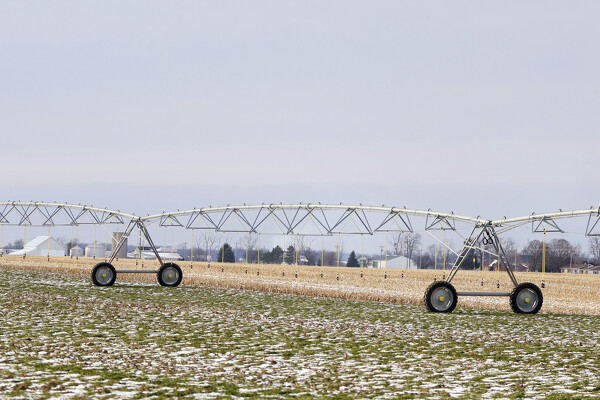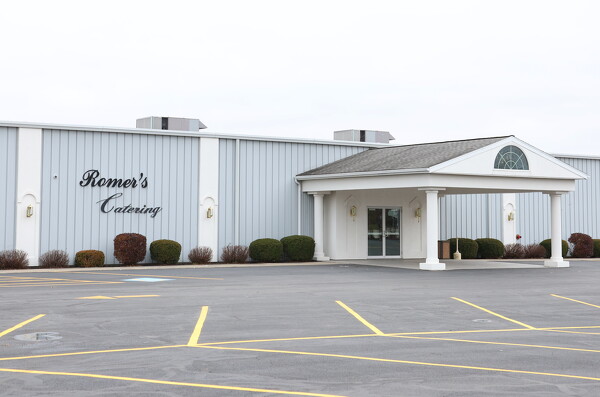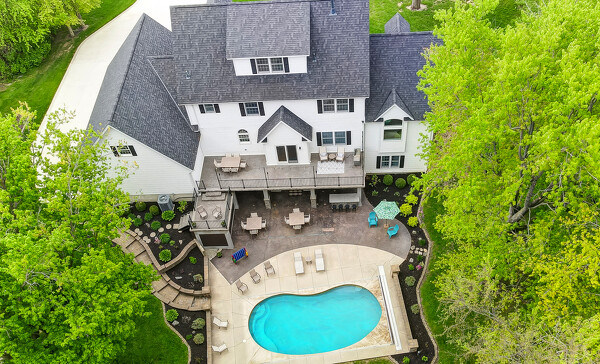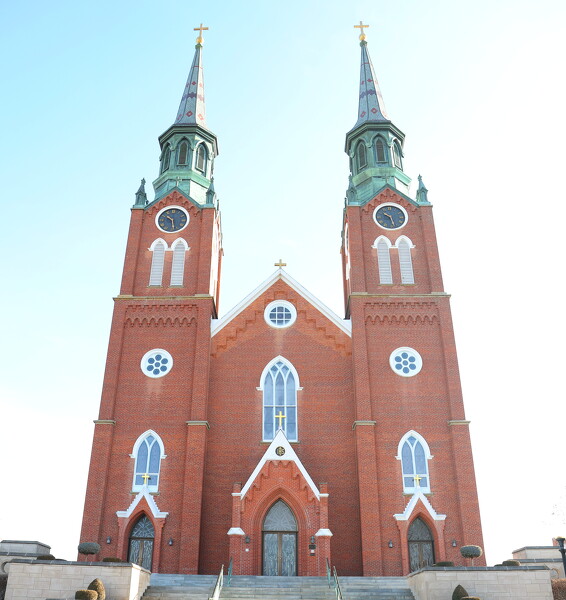
St. Augustine Church in Minster was dedicated Nov. 11, 1849, a few months after a cholera epidemic claimed the lives of over 300 parishioners.
MINSTER - On Christmas Day in 1833, the Rev. Friedrich Rese celebrated the first Mass in the settlement now known as Minster, officially ushering in Catholicism in West Central Ohio.
The St. Augustine parish, served by the Missionaries of the Precious Blood, is considered the mother church from which other area parishes trace back to.
For the German settlers, establishing their spiritual roots was just as important as making the inhospitable land suitable for farming, according to the Rev. Ken Schnipke.
"You think about it, both take a whole lot of faith and trust," Schnipke said. "You can't be a farmer and not have a lot of trust and faith because you don't know exactly how things are going to work out."
The church was built exactly in the center of the original square-mile plot of the settlement, underscoring its role in daily life.
"They're hard workers, they're people of faith and they did bring their faith with them," he said of the early German settlers.
While much has changed since the St. Augustine Church was dedicated in 1849, the parish's mission has remained consistent - to celebrate the Eucharist, the sacraments and help parishioners grow in faith.
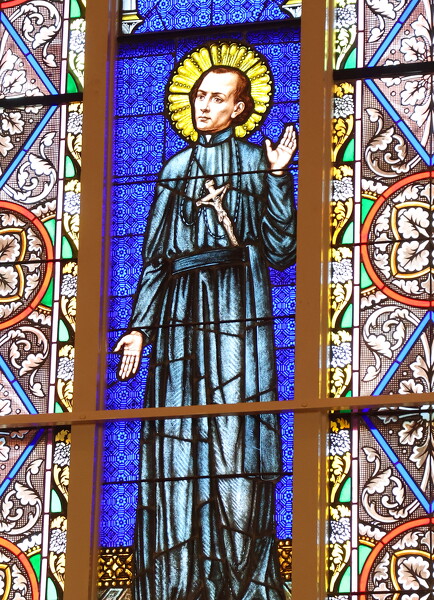
St. Augustine Church features many sublime liturgical and decorative elements, including Gothic stained glass windows installed in 1878.
One of the biggest changes to affect not only St. Augustine but all 208 Catholic churches in the 19 counties of the Archdiocese of Cincinnati is a reconfiguration called Beacons of Light, set in motion a few years ago.
The process of pastoral planning and the establishment of families of parishes aims to address a shortage of priests and other shortfalls as the Archdiocese of Cincinnati resets for future growth.
Eight parishes were aligned as the Northwest 8 Family of Parishes, which the roughly 9,600 parishioners voted to rechristen The Christ Our Light Family of Parishes.
It consists of St. Sebastian in St. Sebastian, Precious Blood in Chickasaw, St. John the Baptist in Maria Stein, St. Jospeh in Egypt, St. Augustine in Minster, Nativity of the Blessed Virgin Mary in Cassella, St. Rose in St. Rose and Holy Redeemer in New Bremen.
Schnipke, previously the pastor of Immaculate Conception Church in Celina, was named the pastor of the family of eight parishes. His placement was a homecoming of sorts as his first assignment as a priest was St. Augustine from 1990 to 1993.
"It's good to be back," he told the newspaper. "There's a lot of familiarity, but the dynamic that has changed is with the whole archdiocese. They went from clusters to families of parishes."
In addition to Schnipke, the family of parishes also shares three parochial vicars and five deacons.
"It's gone very well," Schnipke said. "For the most part, people have been very willing to work together. The staff has been very cooperative and collaborative,"
Nonetheless, the new arrangement presents challenges.
"So it's a challenge when you're running around eight parishes. We have 24 Masses during the week with four priests, so just to make sure everybody is at the right place at the right time, that's a challenge," he said.
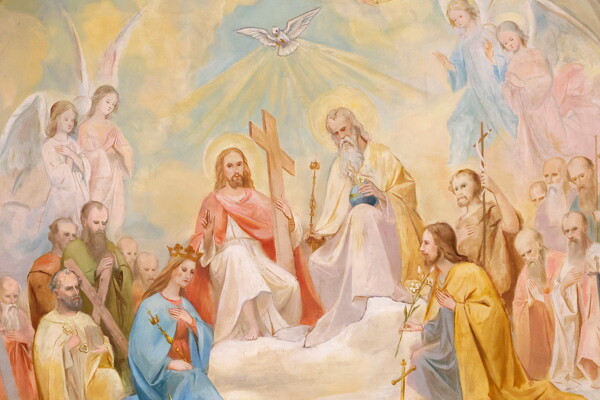
One of seven paintings by artist Jospeh Vittur adorn the ceiling of the church.
Catholics maintain a strong attachment to their home churches but are encouraged to co-mingle with other parishioners now part of The Christ Our Light Family of Parishes.
"People have a loyalty to their own parish but they also feel comfortable moving around, and I think part of that is that we are working toward being a family, and they see the priests moving around, so they see familiar faces," he said. "We try to respect the identity of the individual parishes and really affirm that, but also that we can do that and be one family together."
St. Augustine is the largest of the eight parishes, comprising about 40% of parishioners, Schnipke said.
The church typically reaches 90% capacity or higher during Sunday Masses. Sometimes chairs have to be brought out to accommodate overflow, Schnipke said.
"It's a good trend here," he said. "You don't see this in the cities as much (with) a lot of young people, lots of families, lots of kids, a lot of good growth, energy and deep faith."
The Wednesday Mass for the religious education program is usually jam-packed.
"There's 600 kids in church," Schnipke said. "So there's a lot of kids, a lot of babies, a lot of young families. I think people, they like to move back to this area because of family structure."
The unique gift the church offers the family of parishes is a rich musical tradition, with several active choirs and an 1896 Pilcher organ that has undergone multiple upgrades, including a rebuild a few years ago. It contains 3,400 pipes, Schnipke said.
"All weekend Masses there's music," he said. "Here and I think across the whole family there's music at every Mass, except on Thursday here and that's because the organist does a morning Mass at St. Joe."
The church is also renowned for its liturgical and decorative elements, including marble altars, mosaic panels, stained glass windows and a half-barrel ceiling adorned with seven paintings, according to the parish history.

The parish was gifted a replica of the ancient cross venerated in the Pilgrimage Church of Lage.

During the second renovation of the church in 1900 to 1901, the original flat ceiling was transformed into a unique half-barrel ceiling, according to parish history.
"There's a whole lot of pride in the church here and they've done well taking care of it and also advancing it over the years," Schnipke said. "It's a unique blend of holding to that tradition but also keeping on moving forward."
The church has a very active building and maintenance commitee consisting of engineers, architects, builders, contractors and others which aggressively pursues improvement projects, Schnipke said.
"When they're looking at this, we have expertise in all the different fields," he noted. "In the last years there was about - in the whole family of all eight parishes - over $1.3 million worth of maintenance that was done."
The overall state of the church building is very good, Schnipke said, adding a sidewalk replacement project is being planned at the moment.
"People see how much care and attention is given to this parish … so they give," he said.
Looking to the future, Schnipke believes the church is well poised for growth. However, he acknowledged the existential threat of secularism, pointing to the rise of the "nones" - atheists, agnostics and others who identify with nothing in particular.
The nones account for a large portion of Americans, as shown by the 30% of U.S. adults who claim no religious affiliation in a survey by The Associated Press-NORC Center for Public Affairs Research.
Though many have a deeply entrenched faith, the church and its parishioners must stand firm against enticements offered by the world today, Schnipke said.
"You see that in larger cities," he said of the growing numbers of nones. "At least particularly here, we have a good basis of folks to kind of keep growing. I keep telling folks this is a critical time for us as a faith community because what's happening elsewhere, it's going to come. How do we handle that and how do we keep growing the faith and become a beacon of light?"
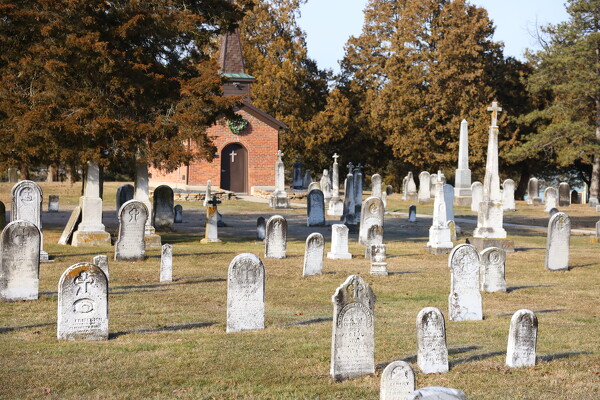
Most of the more than 300 parishioners who died during during the summer of 1849 amid a cholera epidemic are buried in a mass grave in the church cemetery.
